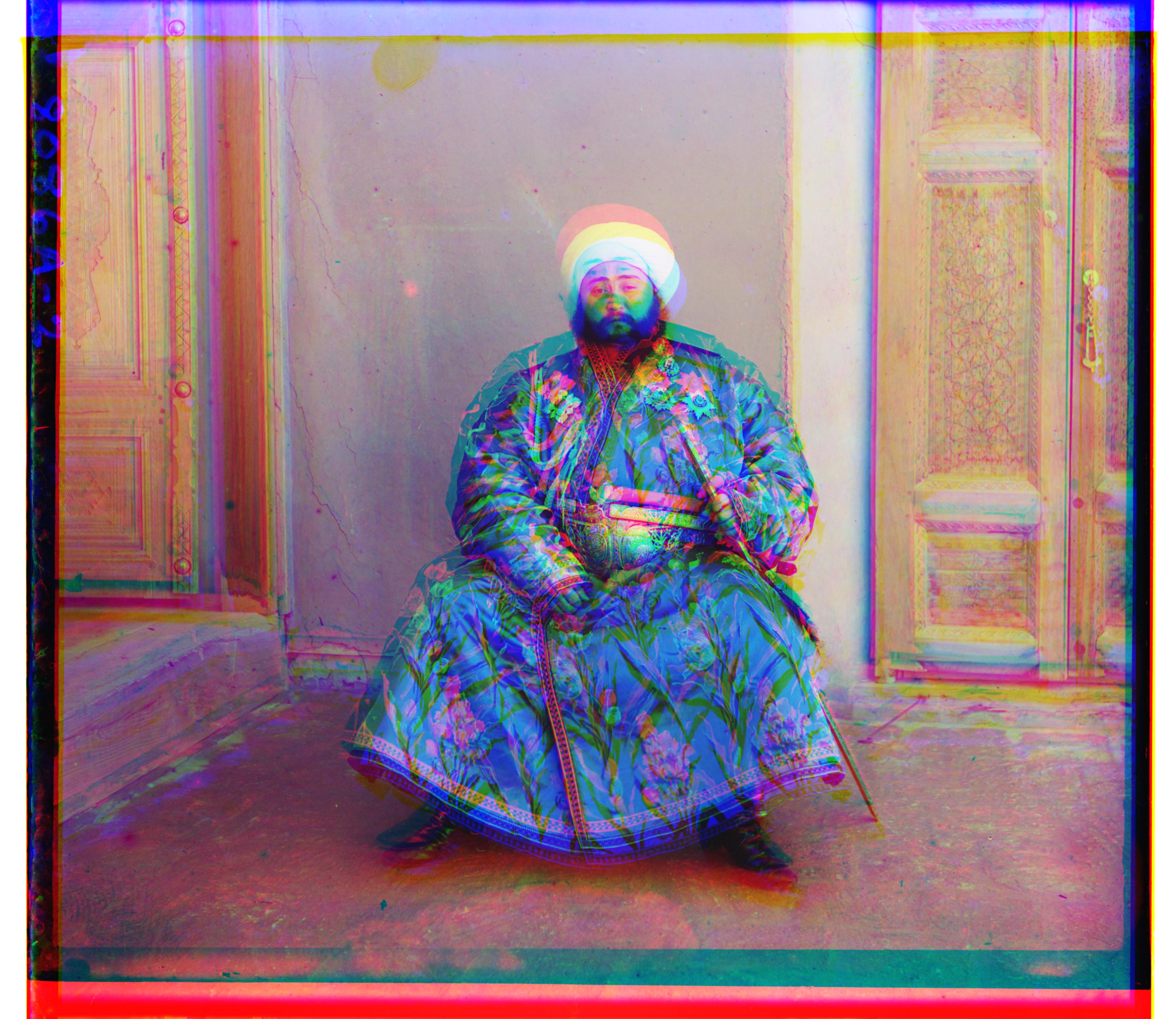
stack the raw image without any aligning
Given multiple images with their three channel image, reconstruct the original colorized picture.
In order to see the difference, I stack raw input together without any aligning. The result is bad, but it provides me intuitions of how to align the picture together. I realize that I could move each single channel picture to some fixed point so that pixels in the image are roughly aligned. Then, stacking the images together after the alignment and fine-tuning the parameters, I could see the reconstruction of original color image.

stack the raw image without any aligning
An intuitive way of finding the displacement is searching all possible dispalcement and find one that minimizes picture pixel-wise difference. Thise could be done by two loops searching x and y displacement. To measure the difference between two images, a image matching metric is used. There are many kind of image matching metrics, and I primarily use two: Sum of Square Distance (SSD) and Normalized Cross-Correlation (NCC).
For a small image, it is fine to do a exhaustive search. However, for a large resolution picture, it is rather time-consuming. A better way to do the search is using a technique called image pyramid: each image is stacked into a pyramid of mutiple rescaled image. The first level (bottom) of the image usually is the original image without any rescale. The top is the image with scaling that significaly reducing the size of the image. And the searching starts from the top to bottom: if a ideal displacement (x, y) is determined in the top level, and the image rescale factor is 0.5, then the next level will start from (x/0.5, y/0.5) thus reduing the searching area.

Green: (2, 5) Red: (3, 12)

Green: (2, -3) Red: (2, 3)

Green: (3, 3) Red: (3, 6)

Green: (24, 49) Red: (-254, 95)

Green: (16, 59) Red: (13, 124)
Green: (17, 41) Red: (23, 89)

Green: (9, 48) Red: (11, 112)

Green: (10, 82) Red: (13, 179)

Green: (26, 51) Red: (36, 108)

Green: (29, 79) Red: (37, 176)

Green: (14, 53) Red: (11, 112)

Green: (5, 42) Red: (32, 87)

Green: (12, 65) Red: (22, 137)

Green: (0, 53) Red: (-12, 105)
It should be noticed that emir.tif is not well aligned when only applied image pyramid and NCC. I found that in this images, the red channel image has a different brightness than the green and blue channel image. Thus the red channel image align wrongly in the final output.
One possible solution is scaling the channel with the most brightness difference.
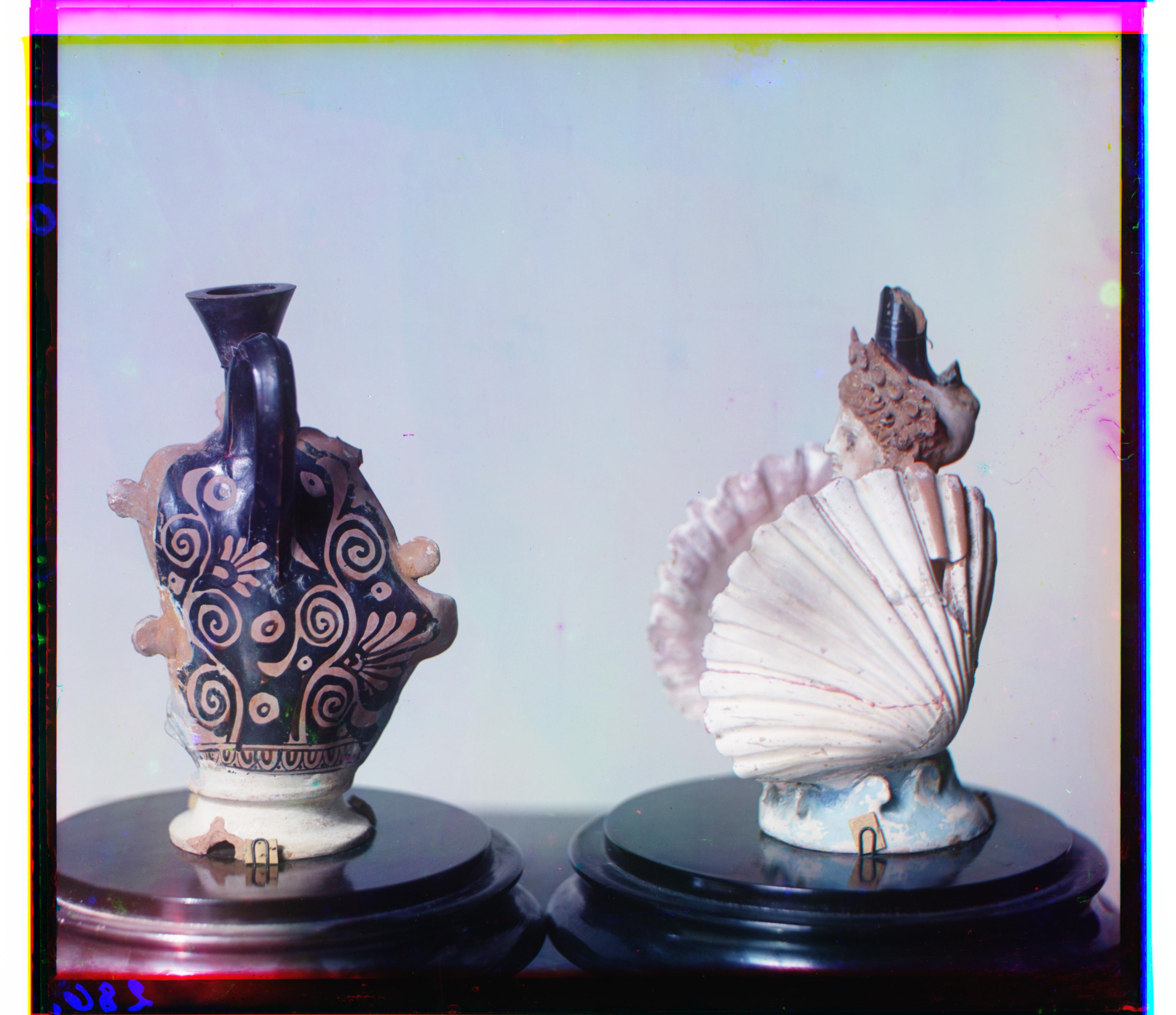
Green: (5, 24) Red: (8, 109)
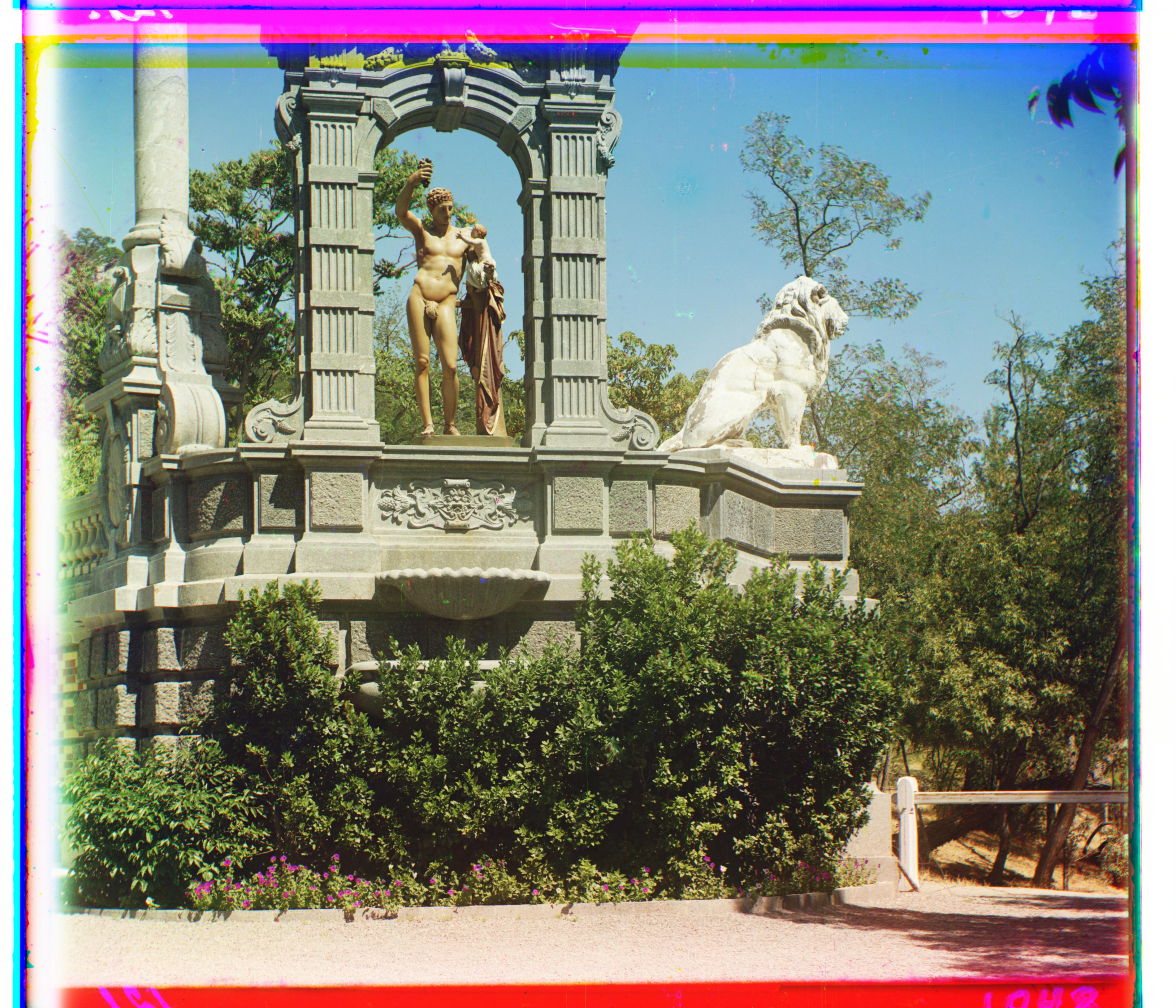
Green: (-11, 33) Red: (-27, 140)
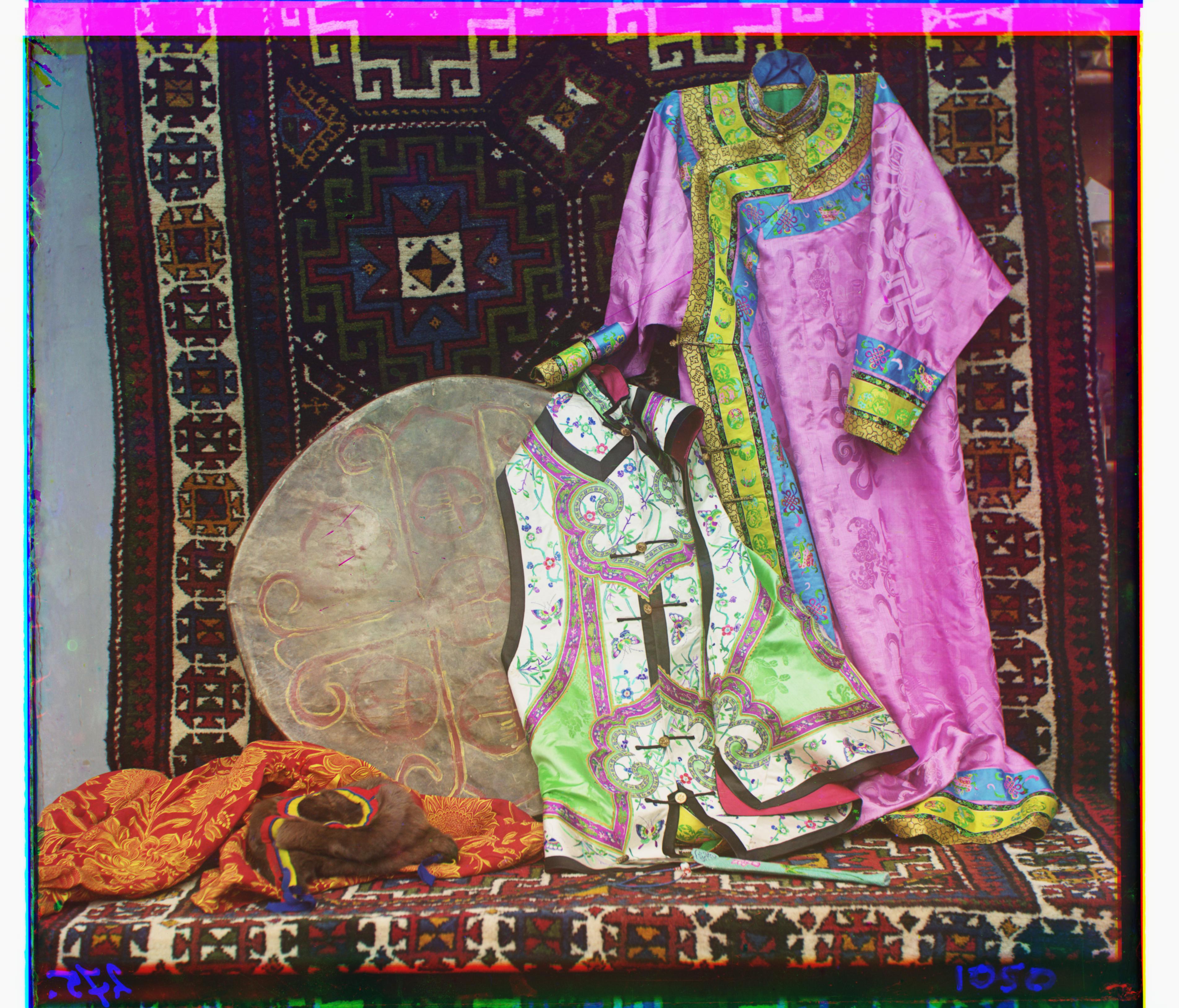
Green: (-18, 25) Red: (-37, 115)
In the emir.tif, the blue and green channel images are darker by 1.12 times than the red channel image. Therefore, it is natural to reduce the red channel image and keep the brightness average.

Green: (24, 49) Red: (-254, 95)

Green: (24, 49) Red: (-254, 95)
Edge detection is a powerful tool to extract inforamtion from an image. It uses small fiters such as 3 by 3 sobel filter to "sharpen" edges from picture. It is invariant to the brightness issue and only keeps relevant details in the image.

Green: (24, 49) Red: (-254, 95)
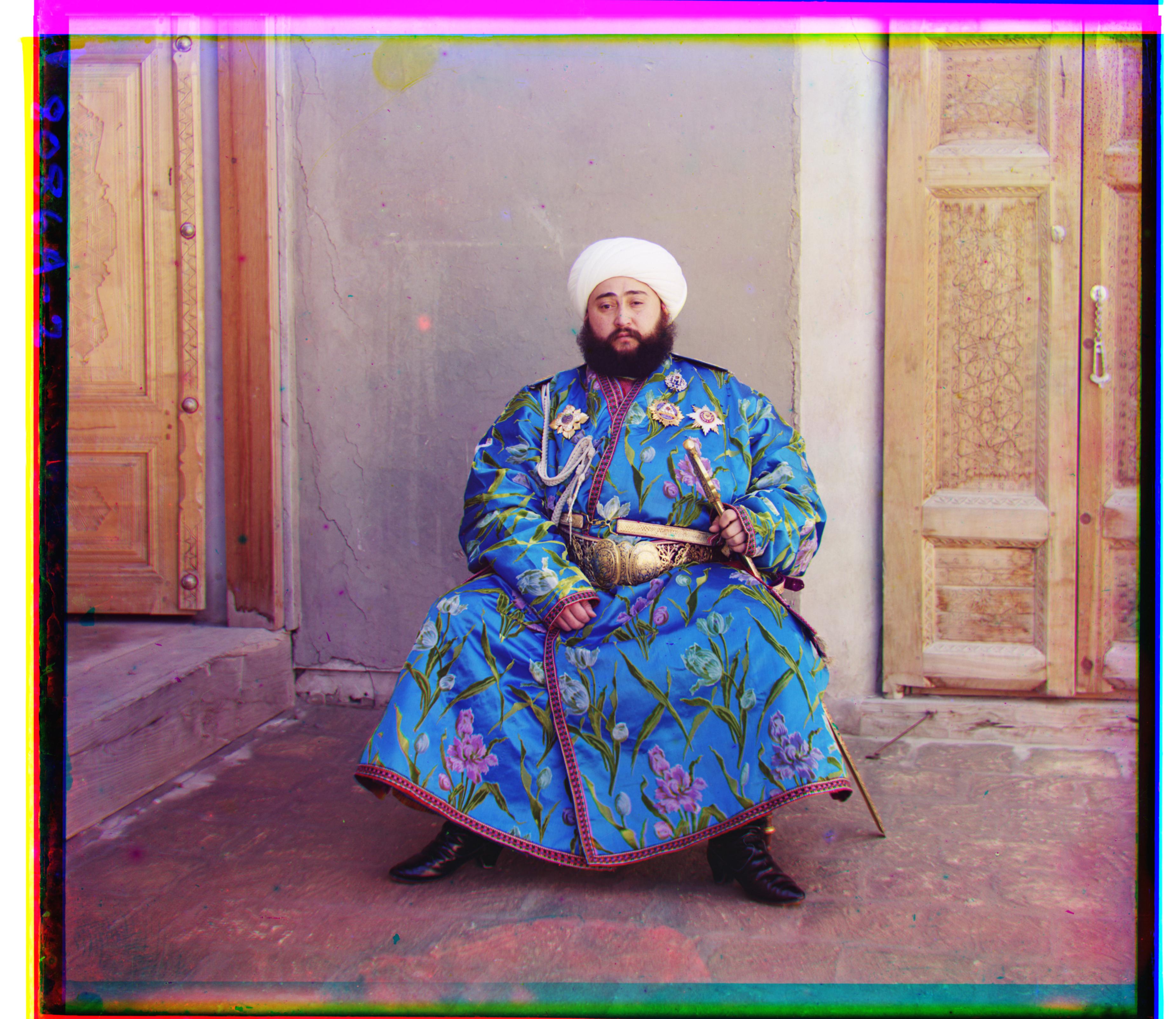
Green: (23, 49) Red: (40, 107)